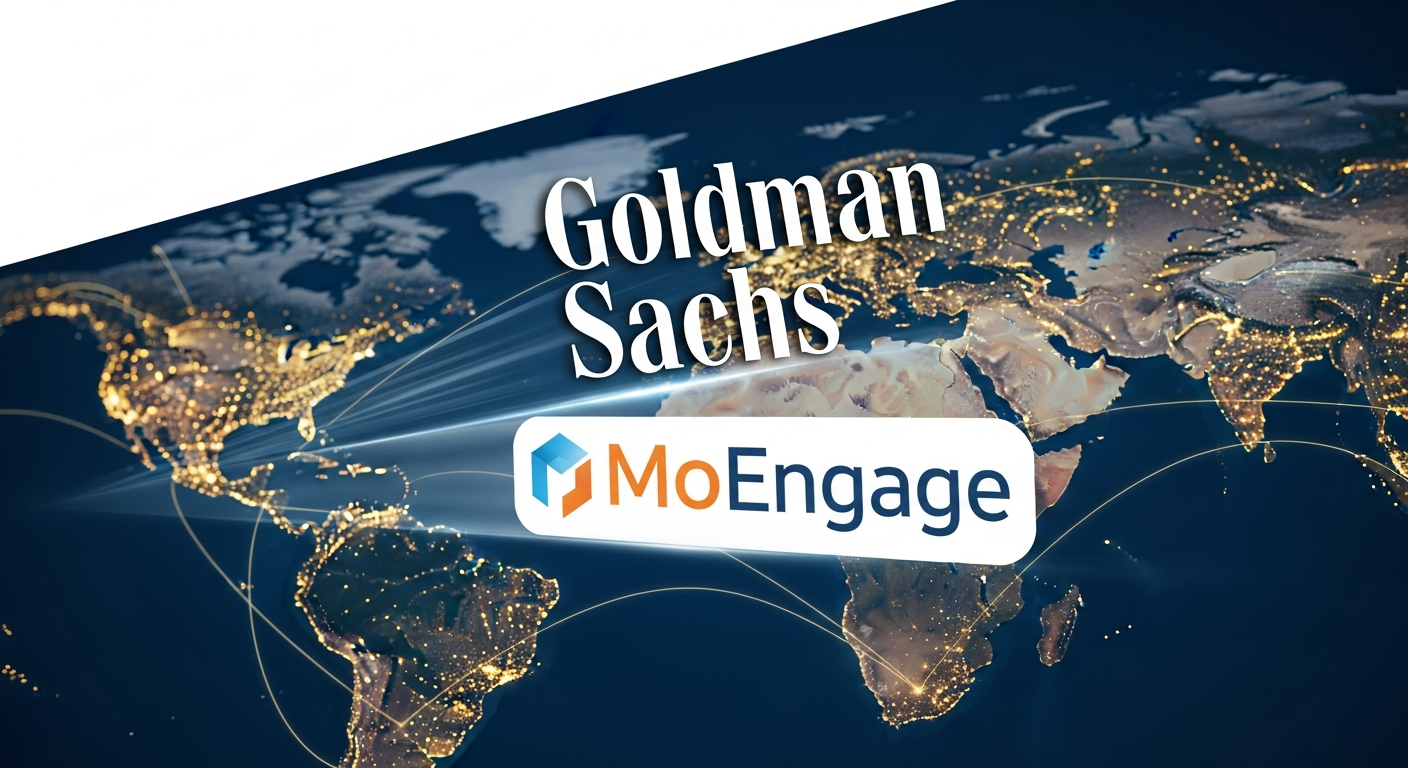There’s been a quiet shift happening. Startups, those scrappy underdogs of the business world, are facing a familiar challenge: how to snag the best talent without the massive bank accounts of the big tech behemoths. It’s a classic David versus Goliath scenario, and honestly, it’s always been a tough fight. But, as I was reading a recent article, I realized there’s a smarter way to play the game.
The core of the issue? Money. Or, rather, the lack of it. Big tech companies can offer eye-watering salaries and perks that smaller companies just can’t match. So, how do you compete? The answer, according to the article, lies in something that’s become a cornerstone of startup culture: employee equity.
Now, before you zone out, thinking this is all finance-speak, stick with me. This isn’t about complex spreadsheets. It’s about fairness, strategy, and understanding what really motivates people. It’s about giving employees a real stake in the company’s success, which, in turn, can be a powerful lure.
The article, which I found on TechCrunch, dove into this very topic. It featured insights from three industry insiders who really know their stuff. They broke down how startups can set up an employee equity strategy that remains fair as the company grows. Because, let’s be honest, what seems fair at the seed stage can look a whole lot different when you’re scaling up.
The Equity Equation: Fairness First
One of the key takeaways? Fairness isn’t just a nice-to-have; it’s essential. Employees need to believe they’re being treated equitably. That means understanding how equity works, how it’s distributed, and how it translates into real value. It’s not just about handing out stock options; it’s about creating a system where everyone feels valued and motivated.
The insiders emphasized the importance of transparency. Be upfront about the equity pool, how it’s allocated, and how it might change over time. This builds trust and shows employees that you’re not just trying to pull a fast one. It’s a long game, after all. Building a great team takes time.
They also pointed out that equity isn’t the only thing. A competitive salary, a good work-life balance, and a positive company culture are all important pieces of the puzzle. Equity is the cherry on top, the thing that can make a good offer great.
Growth and the Equity Plan
So, how does a startup’s equity strategy evolve as it grows? This is where things get interesting. The article highlighted the need to revisit the equity plan regularly. What works at the beginning might not be sustainable as the company scales. And let’s be real, scaling is the goal, right?
This means considering things like:
- Dilution: As you bring in more investors, the percentage of equity each employee holds will likely decrease. This is normal, but it’s important to communicate this clearly.
- Performance-Based Equity: Tying equity to performance can be a powerful motivator. It rewards those who contribute the most to the company’s success.
- Refresher Grants: As employees stay with the company, consider offering additional equity grants to keep them engaged and invested.
The article also touched on the legal side. Equity plans can be complex, so it’s crucial to get good legal advice. Make sure everything is structured correctly to avoid problems down the road. It’s an investment, but it’s a worthwhile one.
The Big Picture: Why It Matters
The real beauty of a well-crafted employee equity strategy? It’s a win-win. Startups get access to top talent, and employees get the chance to share in the company’s success. It fosters a sense of ownership, which can lead to increased productivity, loyalty, and a stronger company culture. It’s not just about attracting talent; it’s about building a team that’s invested in the long haul.
And honestly, in a world where the competition for talent is fierce, that kind of edge can make all the difference. It levels the playing field, allowing startups to compete with the big guys, not just on salary, but on something even more valuable: a shared vision of success.
Anyway, that’s how it seems to me.






